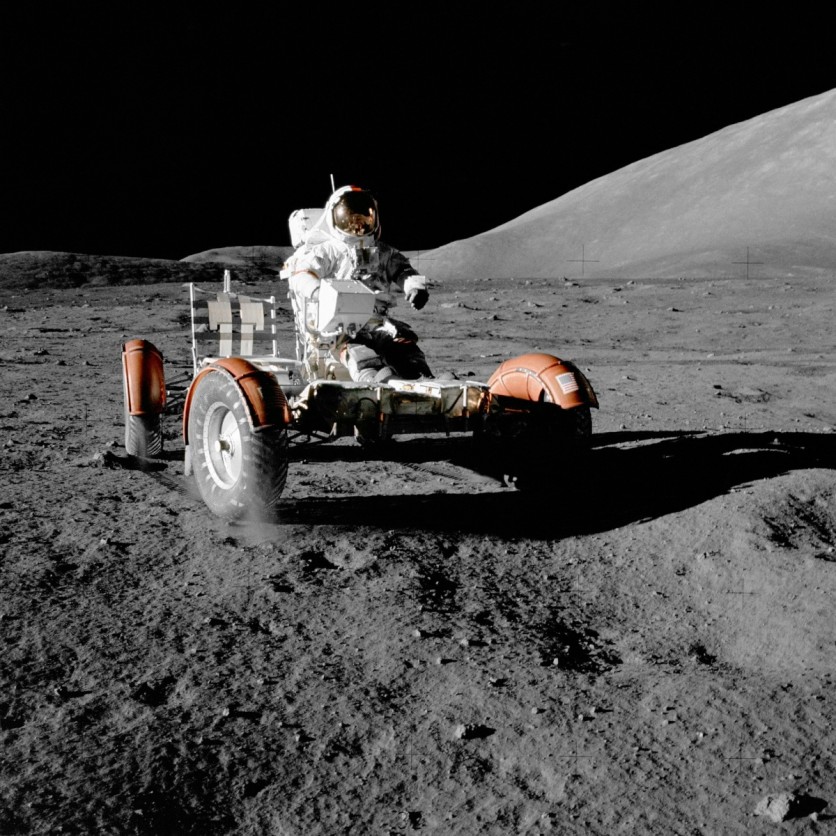NASA is leading a project to explore the feasibility of using 3D printing processes for manufacturing rechargeable batteries on the moon and Mars. The University of Texas at El Paso (UTEP) has joined the endeavor, as per a press release.
UTEP has been granted $615,000 to participate in the $2.5 million project alongside Youngstown State University, 3D printer manufacturer Formlabs, and ICON, the private company responsible for leading the NASA Mars Dune Alpha project.
The ultimate goal of the project is to maximize the sustainability of astronauts' lunar and Martian missions by reducing payload weight and dead volume.

Lunar and Martian Regolith
The project seeks to leverage local resources found on the moon and Mars by using lunar and Martian regolith, the top layer of materials covering the surface of the two celestial bodies.
Utilizing these resources is essential to developing infrastructure such as habitation modules, power generation, and energy storage facilities.
UTEP's reputation in 3D printing, material science, and state-of-the-art facilities were significant factors in convincing NASA partners to pursue this potentially transformative research for space exploration and terrestrial applications of batteries as well, according to Eric MacDonald, Professor of Aerospace and Mechanical Engineering and Associate Dean in the UTEP College of Engineering.
The project highlights two types of 3D-printing processes - material extrusion (ME) and vat photopolymerization (VPP) - to produce shape-conformable batteries on the moon and Mars.
Since they can fit within objects, shape-conformable batteries are intricate 3D battery designs that function better than current commercial batteries.
Read Also : NASA To Unveil 'Mars Habitat' Before Crew Enters Yearlong Mission in Ground-Based Structure
Specialized Batteries
According to UTEP, such specialized batteries are ideal for small spacecraft, mobile power equipment, robots, and massive power systems for future missions to the moon and Mars.
Even though most modern applications use commercial lithium-ion batteries, it is not practical to make them from lunar or Martian soil because lithium is in short supply there.
Due to the larger abundance of sodium, the UTEP research team is concentrating on sodium-ion battery chemistry. The team is presently engaged in extracting battery components and precursors from regolith on the moon and Mars.
In the initial stage of the research, NASA, UTEP, and YSU will collaborate to identify and recover battery components and precursors from lunar and Martian regolith.
The UTEP/YSU team has already developed VPP 3D printed composite resin feedstocks for each part of the sodium-ion battery, including electrodes, electrolytes, and current collector.
For the various battery components, composite inks have been created and 3D printed by NASA's Glenn Research Center and Marshall Space Flight Center.
UTEP and NASA's Glenn Research Center will then conduct electrochemical testing on the finished 3D-printed sodium-ion battery components.
The creation of Earth-useable shape-conformable batteries is one of the project's potential objectives.
Related Article : NASA Gears Up For Epic, Historic Asteroid Sample Delivery to Utah-When Is It Going Down?

ⓒ 2025 TECHTIMES.com All rights reserved. Do not reproduce without permission.




